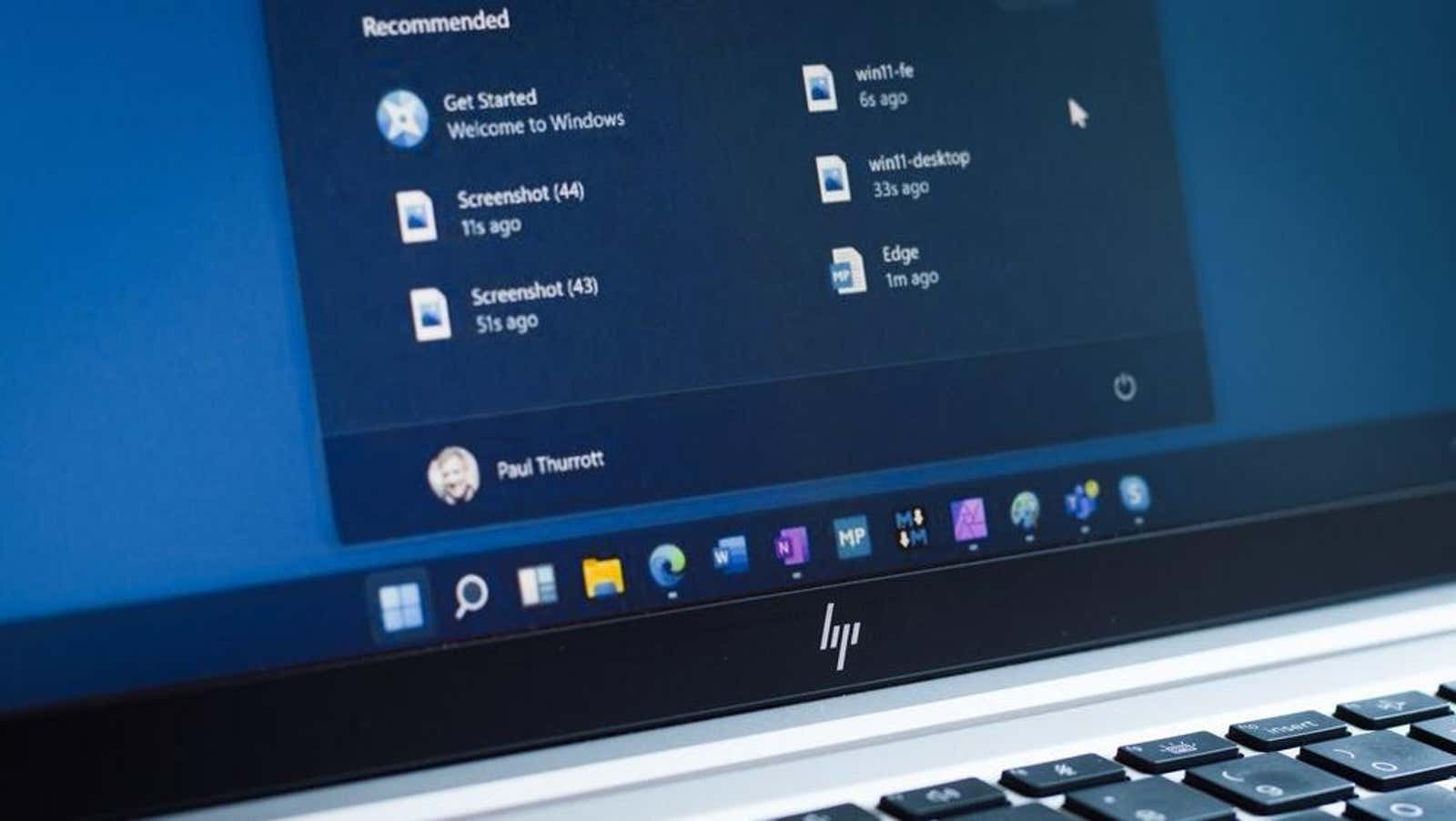What Is TPM and Why Is It Needed to Run Windows 11?

Windows 11 was officially unveiled this week, and many eager users are checking to see if their PCs can run the upcoming OS with Microsoft’s Windows Health Check app. However, some are surprised to learn that their PCs are “not ready for Windows 11,” even though they have new high-performance hardware installed.
What is TPM?
The main source of confusion is the TPM (Trusted Platform Module) chip, which until now has been an unusual hardware requirement. TPM is a security component that monitors your computer for problems and can defend against potential malware and ransomware attacks. They can also securely store encryption keys, passwords, and other sensitive information locally.
TPMs have been a “soft” requirement for Windows 10 for years, but Microsoft is making them a “hard” requirement for Windows 11 to improve basic data security for Windows 11 PCs. Users need TPM 2.0 or higher to run Windows 11, and also a graphics processor compatible with DirectX 12; Supported Intel , AMD, or Qualcomm processor 4 GB of RAM; and at least 65 GB of memory.
Not everyone needs to update
Microsoft wants Windows 11 to be more resilient to malware, ransomware, and other cybersecurity threats than previous versions of Windows. The company relies on technologies like TPM 2.0 and UEFI Secure Boot to achieve this, but TPM is probably not a component that users take into account when buying or building a new PC. This explains why some PCs are “not Windows 11 ready” even if the rest of the hardware meets the Windows 11 requirements.
However, it is possible that many users already have a TPM without even knowing it. Many (but not all) processors released in the past few years have an embedded TPM, which must be enabled in your computer’s BIOS. Windows disables them by default, and if they are not active, they may not appear when Windows Health Check checks your hardware. TPM access and activation – and even the name of the setting that needs to be activated – varies greatly from manufacturer to manufacturer. Check with your processor or motherboard manufacturer for the correct procedure.
What to do if you don’t have a TPM chip
If you don’t have a TPM, the next option is to buy it online and install it yourself. Unfortunately, this will be difficult for the average user.
The first task is to find a compatible TPM. Some processors cannot support TPM, so be sure to research them before buying one … or, I must say, if you can buy one – scalpers accumulate TPM chips and sell them at prices that are much higher than MSRP. What would normally be $ 14-30 now costs over $ 100. It’s not nearly as bad as the current GPU and CPU market, but that says little.
If you find a compatible TPM 2.0 at a reasonable price, you will have to open your computer and access the motherboard to install it manually. This will be a problem on some PCs (especially laptops) and not possible on some tablets and hybrid devices like the Microsoft Surface. Again, do your research before buying.
If you cannot buy and install a TPM for your current PC, you will need to buy or build a new PC if you want to upgrade to Windows 11. Luckily, Microsoft intends to support Windows 10 until October 14, 2025 , so there is no pressure on immediate update. Hopefully, the TPM market – and the process equipment market in general – stabilizes well before that, and upgrades won’t be such a problem.
[ The Verge ]